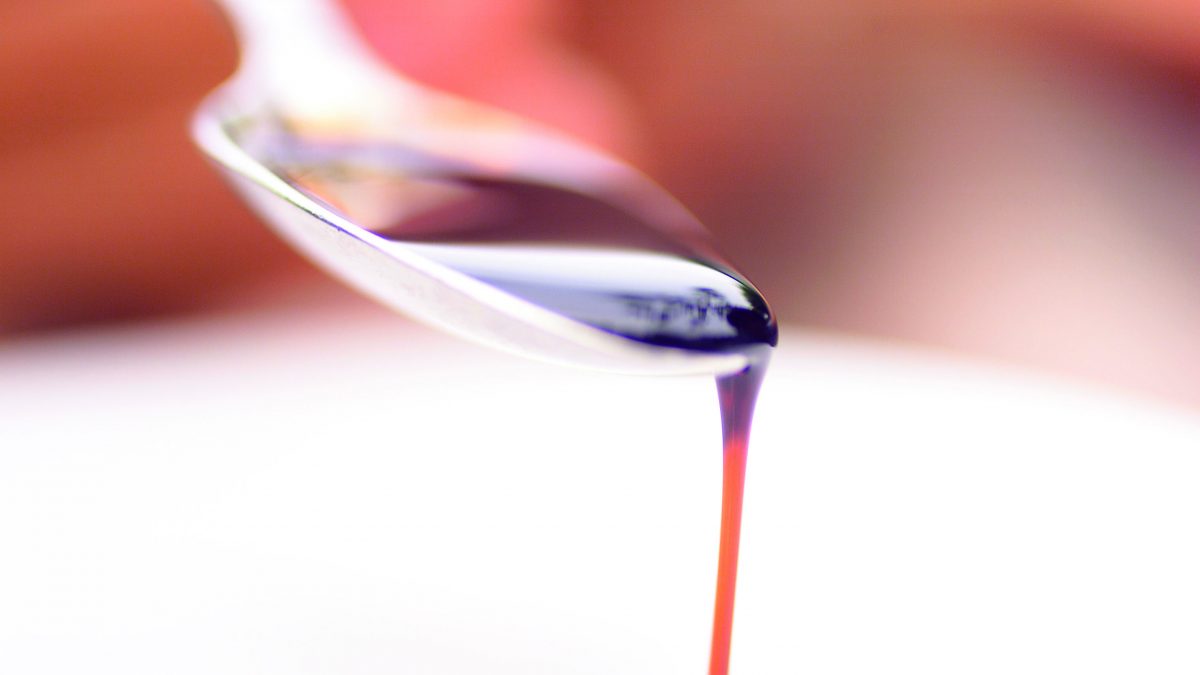As I note in my chapter on greens in my book How Not to Die, vinegar may be one condiment that’s actually good for you. Randomized controlled trials involving both diabetic and non-diabetic individuals found that adding just two teaspoons of vinegar to a meal may improve blood sugar control, effectively blunting the blood sugar spike after a meal by about 20 percent. How? I discuss this in my video Vinegar Mechanisms and Side Effects.
Originally, we thought it was because vinegar delayed the gastric emptying rate, slowing the speed at which a meal leaves your stomach, which makes sense because there are acid receptors in the first part of the small intestine where the stomach acid is neutralized. So, if there is excess acid, the body slows down stomach emptying to give the intestine time to buffer it all. The acid in vinegar was thought to slow the rate at which food leaves the stomach, resulting in a blunted sugar spike. But then, studies were published where taking apple cider vinegar before bedtime resulted in lower blood sugars the next day. How does that work? That’s obviously not some acid-induced stomach-slowing effect. Indeed, anyone who actually went to the trouble of sticking an ultrasound probe on someone’s stomach could have told you that—no difference in stomach-emptying times was found comparing vinegar to neutralized vinegar. So, it’s not just an acid effect.
Back to square one.
Additional studies offered the next clue. Vinegar appeared to have no effect on blood sugars, but this was after giving people a straight glucose solution. Glucose is a byproduct of sugar and starch digestion, so if vinegar blunts the blood sugar spike from cotton candy and Wonder Bread but not glucose, maybe it works by suppressing the enzymes that digest sugars and starches. And, indeed, vinegar appears to block the enzyme that breaks down table sugar. It wasn’t just an acid effect, however. There appears to be something unique about acetic acid, the acid in vinegar. These findings were based on intestinal cells in a petri dish, though. What about in people? Feed people some mashed potatoes with or without vinegar, and glucose flows into the bloodstream at the same rate either way—so, there’s another theory shot down.
Let’s figure this out. If sugar enters the bloodstream at the same rate with or without vinegar, but vinegar leads to significantly less sugar in the blood, then logically it must be leaving the bloodstream faster. Indeed, vinegar ingestion appears to enhance sugar disposal by lowering insulin resistance (the cause of type 2 diabetes), and also appears to improve the action of insulin in diabetics. The mystery of how vinegar works appears to have been solved, at least in part.
So, diabetics can add vinegar to their mashed potatoes—or just not eat mashed potatoes. If you add vinegar to a high-fiber meal, nothing happens, which explains results such as no effects of vinegar in diabetics in response to a meal. That’s no surprise, because the meal in question in the study was mostly beans. If you are going to eat high glycemic index foods like refined grains, vinegar can help—though there are some caveats.
Don’t drink vinegar straight, as it may cause intractable hiccups and can burn your esophagus, as can apple cider vinegar tablets if they get lodged in your throat (not that apple cider vinegar tablets necessarily actually have any apple cider vinegar in them in the first place). Don’t pour it on your kid’s head to treat head lice either. It’s “not harmful except when it leaks on to the face or penetrates the eyes,” and it turns out it doesn’t even work. Vinegar can also cause third-degree burns if you soak a bandage with it and leave it on.
Though as many as a total of six tablespoons a day of vinegar was not associated with any side effects in the short-term, until we know more, we may want to stick with more common culinary type doses, like two tablespoons max a day. For example, drinking 2,000 cups of vinegar was found to be a bad idea.
Other good-for-you condiments include (salt-free) mustard and horseradish. You may be interested in my Second Strategy to Cooking Broccoli video. For more on my book, check out the trailer.
This is the final installment of my five-part series on vinegar. If you missed any, here they are:
- Does Apple Cider Vinegar Help with Weight Loss?
- Vinegar and Artery Function
- Can Vinegar Help with Blood Sugar Control?
- Optimal Vinegar Dose
In health,
Michael Greger, M.D.
PS: If you haven’t yet, you can subscribe to my free videos here and watch my live, year-in-review presentations:
- 2012: Uprooting the Leading Causes of Death
- 2013: More Than an Apple a Day
- 2014: From Table to Able: Combating Disabling Diseases with Food
- 2015: Food as Medicine: Preventing and Treating the Most Dreaded Diseases with Diet
- 2016: How Not To Die: The Role of Diet in Preventing, Arresting, and Reversing Our Top 15 Killers
